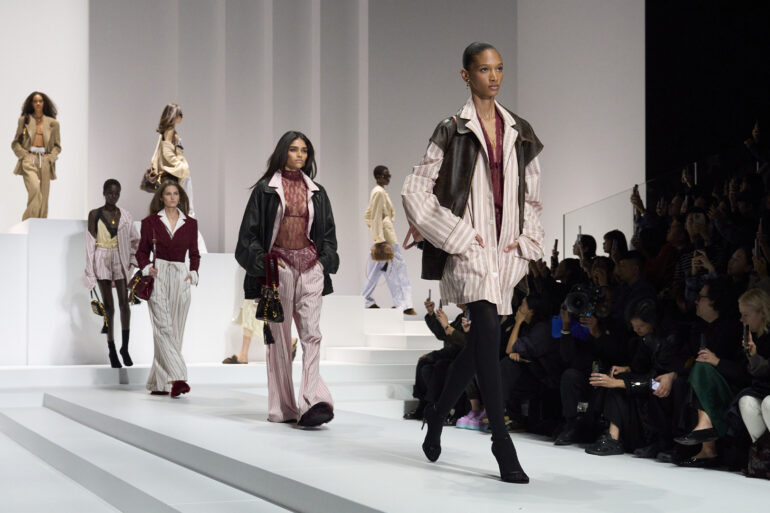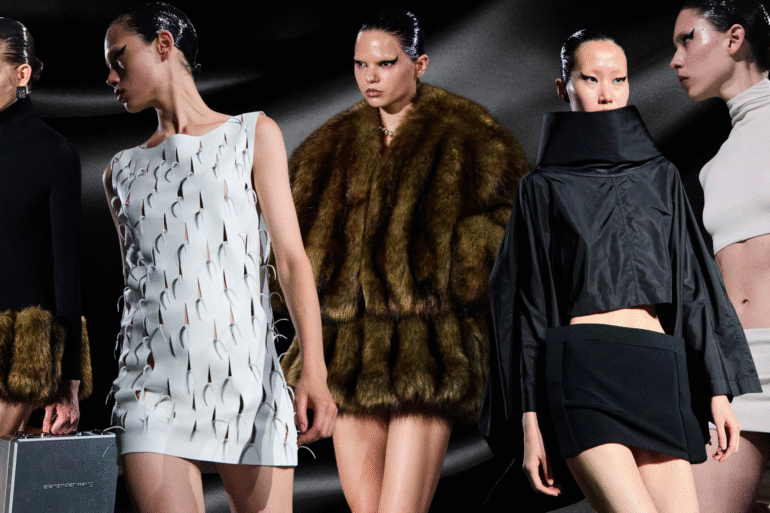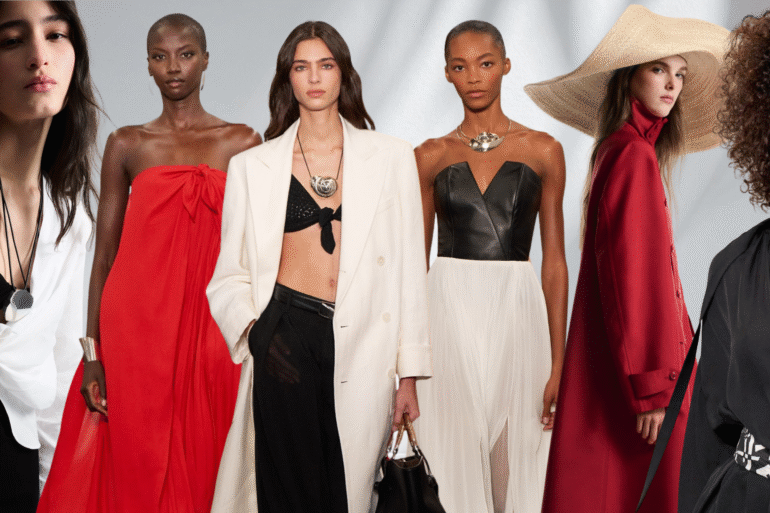If the first film was about surviving in fashion by blending in, the sequel seems to explore what happens when you dare to stand out in an influencer-driven world.
Back in 2006, The Devil Wears Prada introduced us to Andy Sachs, a journalism grad turned reluctant assistant at a glossy fashion magazine. She started in cerulean sweaters and checkered skirts and ended up in Chanel boots, belted coats, and sharp tailoring—a visual representation that she wasn’t on the outside anymore.
Fast forward to 2025, nearly 20 years after, The Devil Wears Prada 2, directed once more by David Frankel and written by Aline Brosh McKenna, is now filming in New York. The sequel reunites Anne Hathaway, Meryl Streep, Emily Blunt, and Stanley Tucci with new cast members like Simone Ashley and Kenneth Branagh.
Related story: ‘The Devil Wears Prada 2’ starts filming. Here’s what we know so far
Related story: Anna Wintour steps down as Vogue editor after nearly 40 years
Related story: How will ‘The Devil Wears Prada’ approach evolved media and fashion in sequel?
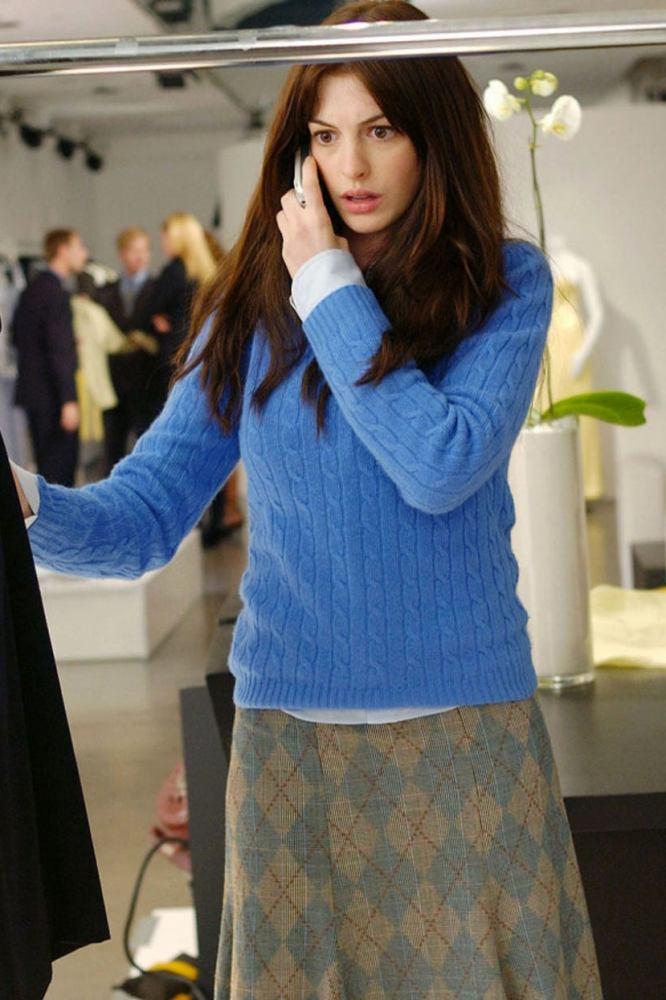
The sequel picks up after Andy left Runway. While plot details are under wraps, the film is said to draw loose inspiration from Revenge Wears Prada, the 2013 follow-up novel by Lauren Weisberger. That book finds Andy running her own bridal magazine until fate pulls her back into Miranda Priestly’s orbit. The Devil Wears Prada 2 promises both nostalgia and a fresh take on the fashion world.
Speaking of a fresh take, just this week, photos from filming dominated social media and showed how far Andy and the fashion world around her has evolved. The first look at “Andy Sachs 2025” showed her in a long denim skirt, white tank, and black vest. Another photo shows her in cuffed jeans, a double-breasted jacket, a paisley scarf, snake-print boots, with the Valentino fringe bag channeling a modern boho spin.
Related story: ‘Virgil Abloh The Codes’ exhibit opens this September during Paris Fashion Week
Related story: Unpacking ‘Made in Italy’: How the Loro Piana scandal exposes fashion’s labor machine
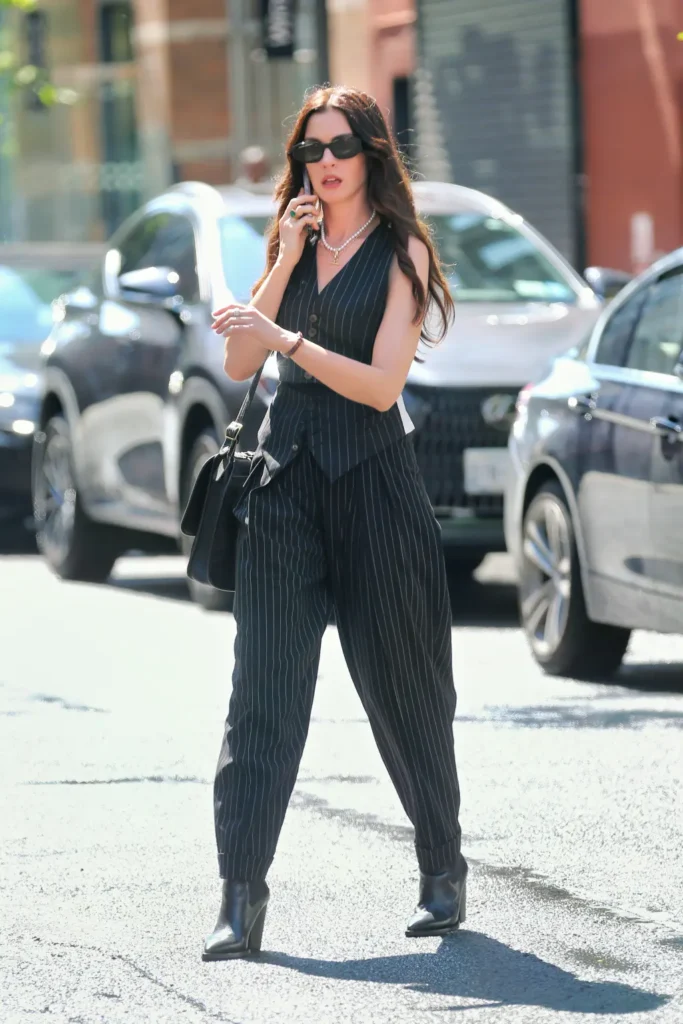
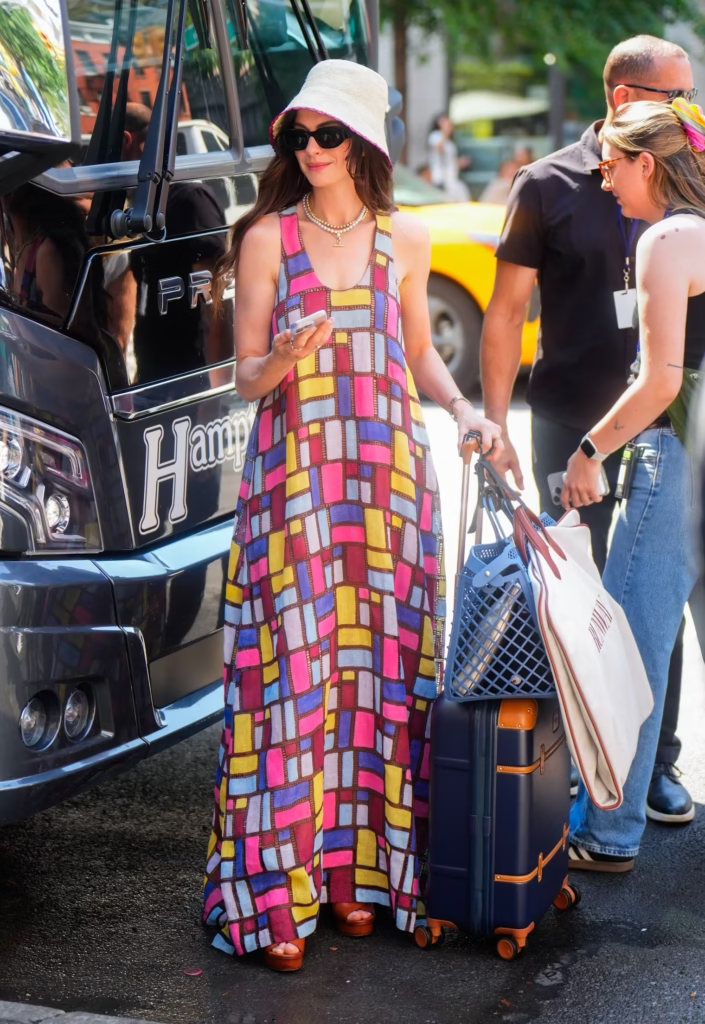
She’s also seen in a multi-colored Gabriela Hearst patchwork maxi dress signaling her comfort mixing street with style. Then there’s a vintage Jean Paul Gaultier pinstripe coat and trousers paired with a vintage Coach bag.
Miranda Priestly, played again by Meryl Streep, is just as commanding, but her look is less icy than before. In one photo, she pairs a brown skirt with a purple blouse, peach trench, and caramel heels. Another moment features her in a beige coat over wide-leg navy pants and fire-red slingbacks. She’s also seen wearing more neutral layers. Still polished. Still in charge. But looser, warmer, and slightly more grounded.

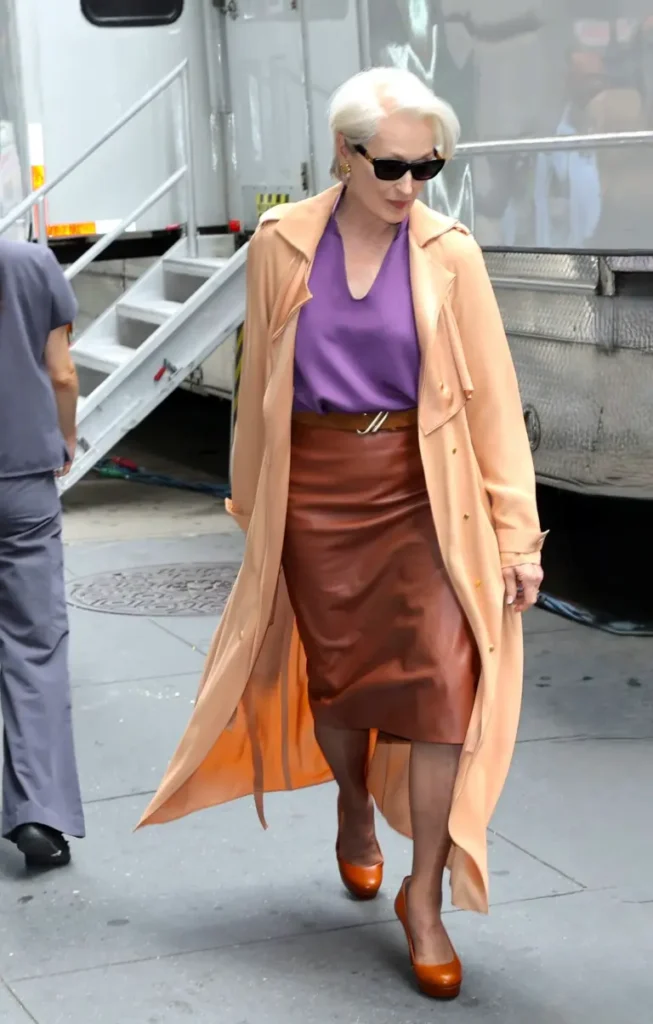
The original costume designer Patricia Field has passed the torch to her longtime collaborator Molly Rogers. Rogers worked closely with Field on the first Devil Wears Prada and Sex and the City, and now leads the sequel’s wardrobe. Her approach feels more grounded and still curated, with a street-smart edge that reflects how fashion operates today: aspirational but accessible, styled but not too over-the-top. As Field once put it, “It’s not fashion first, it’s storytelling first.” That same principle seems to carry through in Rogers’s work—at least from what the internet is showing us.
And that actually reflects something bigger.
In the early 2000s, women in fashion media followed a kind of uniform: dark, tailored, and clean. The goal wasn’t to be seen, it was to show you belonged. Logos were big and the rise of “It” bags turned accessories into status symbols. Fashion that time was kind of performative, a way of signaling taste and tribe.
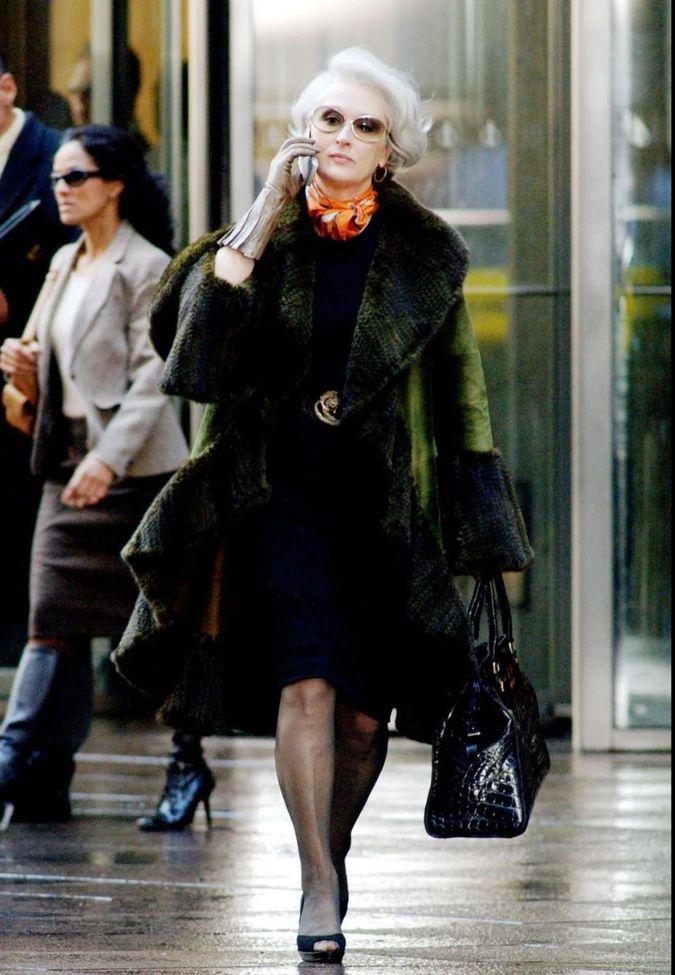
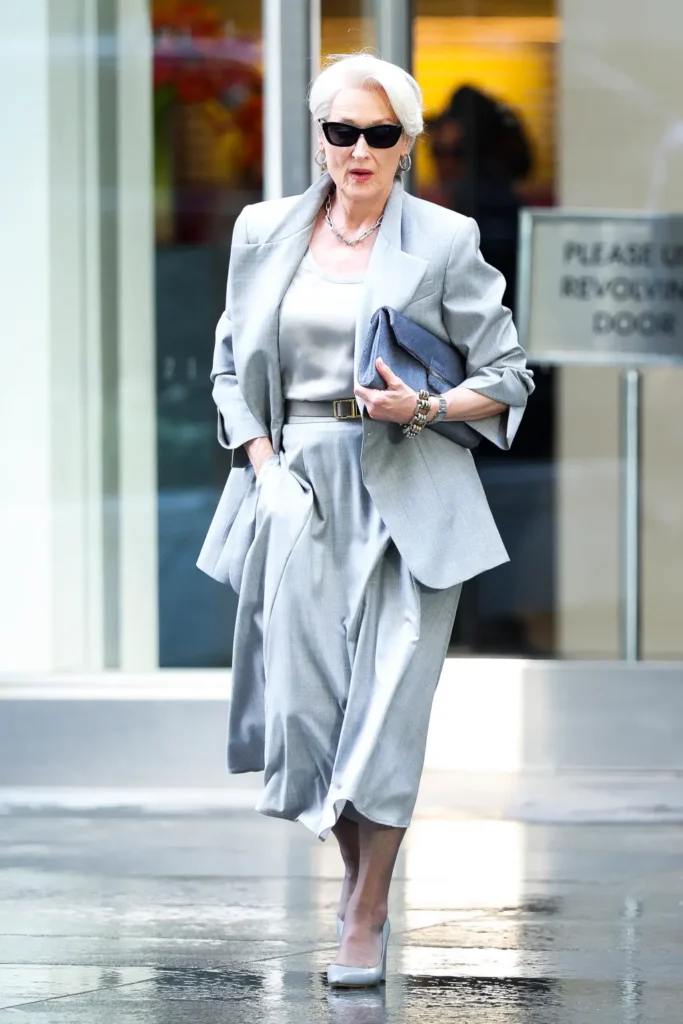
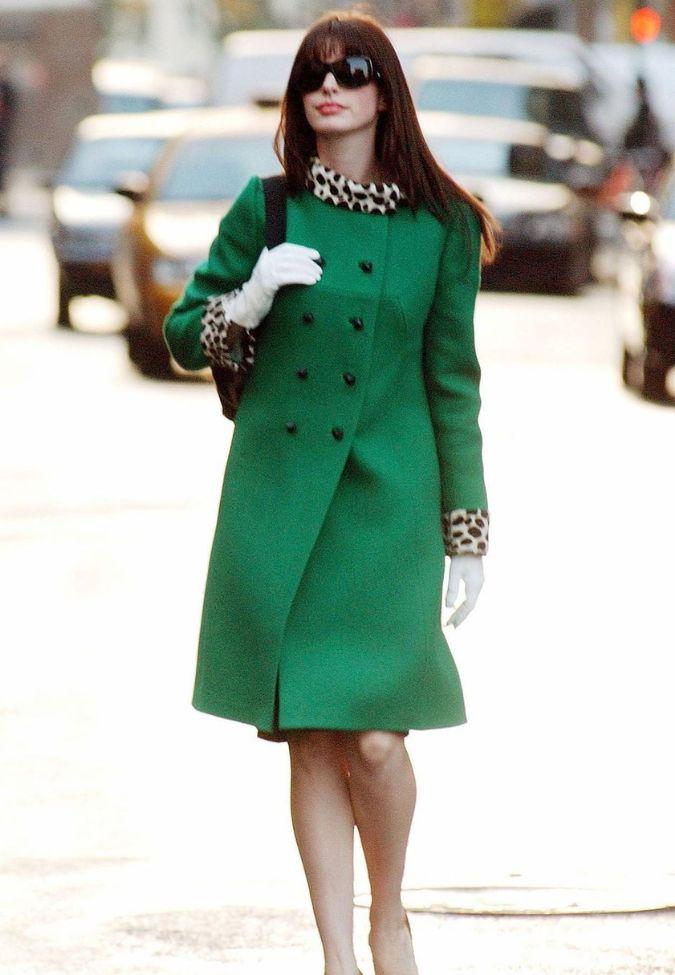
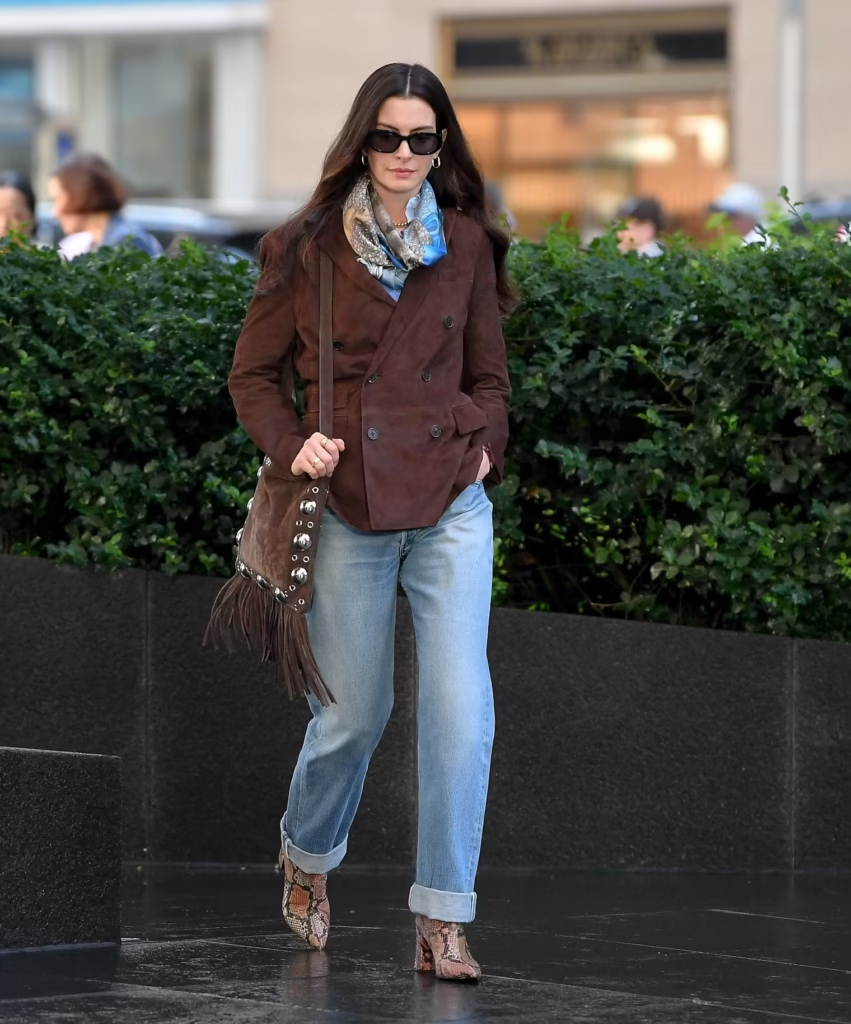
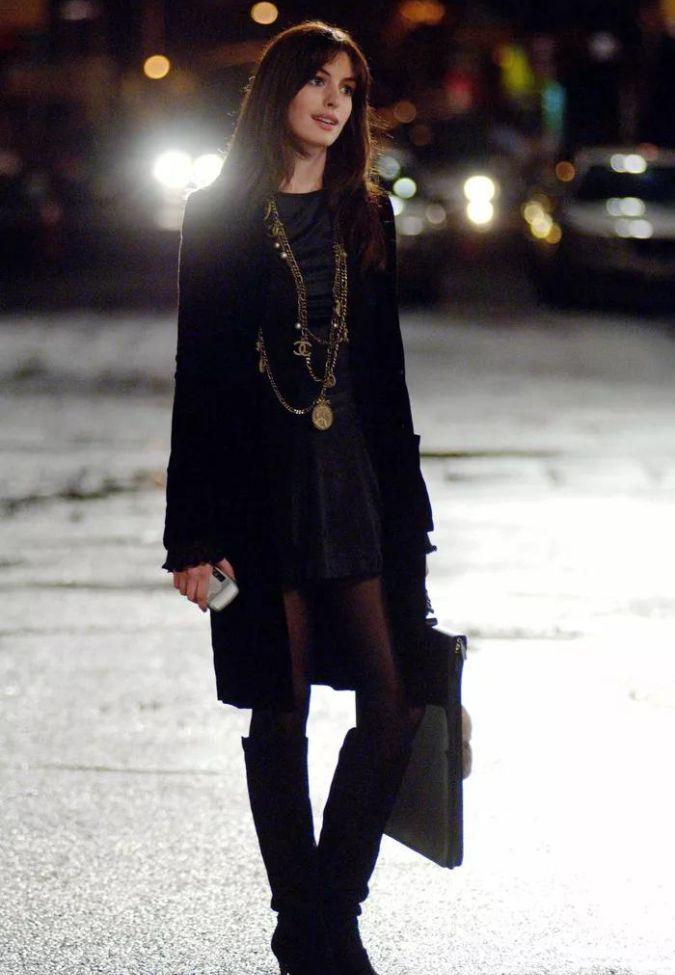
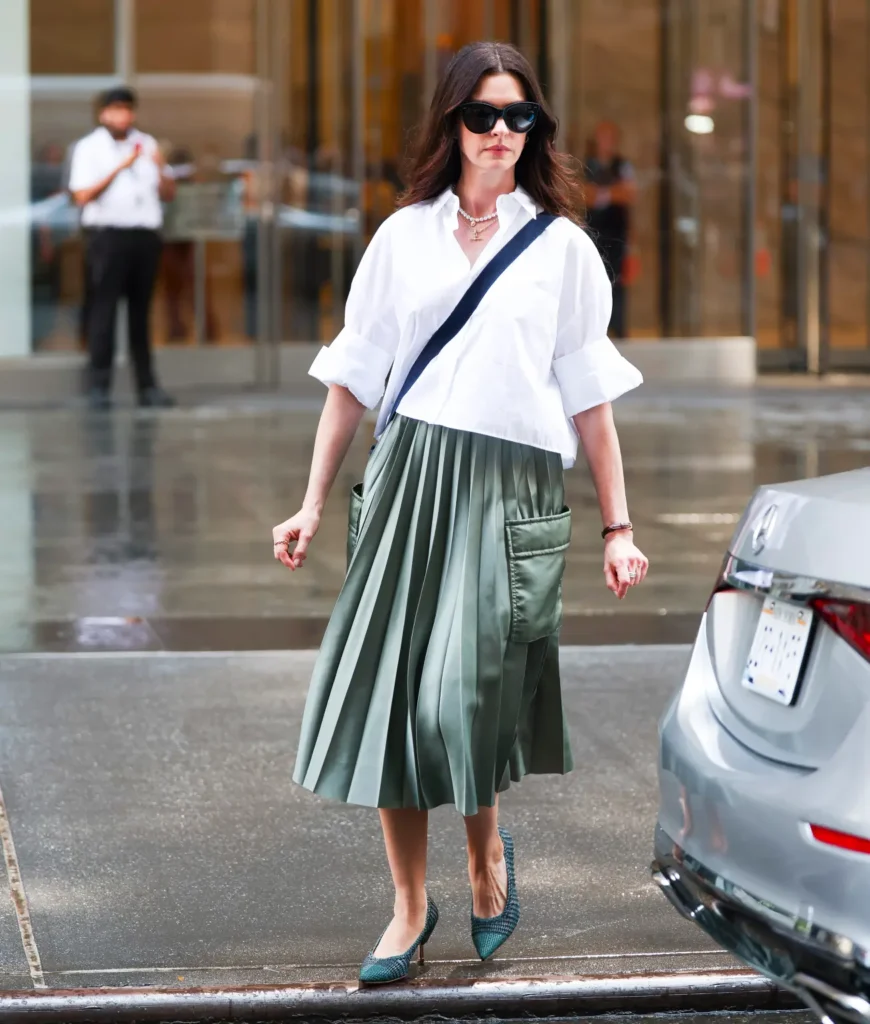
Andy’s original glow-up in The Devil Wears Prada reflected that world. She wore the look of a well-trained assistant trying to disappear behind Chanel boots. Everything matched, everything made sense. It was sleek, it was serious. That’s what the fashion world expected and what fashion magazines rewarded.
But now? Everything’s changed
If the first film was about proving you could survive in fashion by blending in, the sequel looks like it’s about what happens when you try to stand out especially in today’s post-pandemic, influencer-driven fashion world.
As a 2015 study about fashion media’s digital evolution said, print magazines used to define the boundaries of style. But the rise of blogs and social media changed everything. Suddenly, anyone could build an audience, offer fashion commentary, and influence trends. Readers stopped waiting for permission from fashion magazines and started following people who looked like them, dressed like them, and spoke like them.
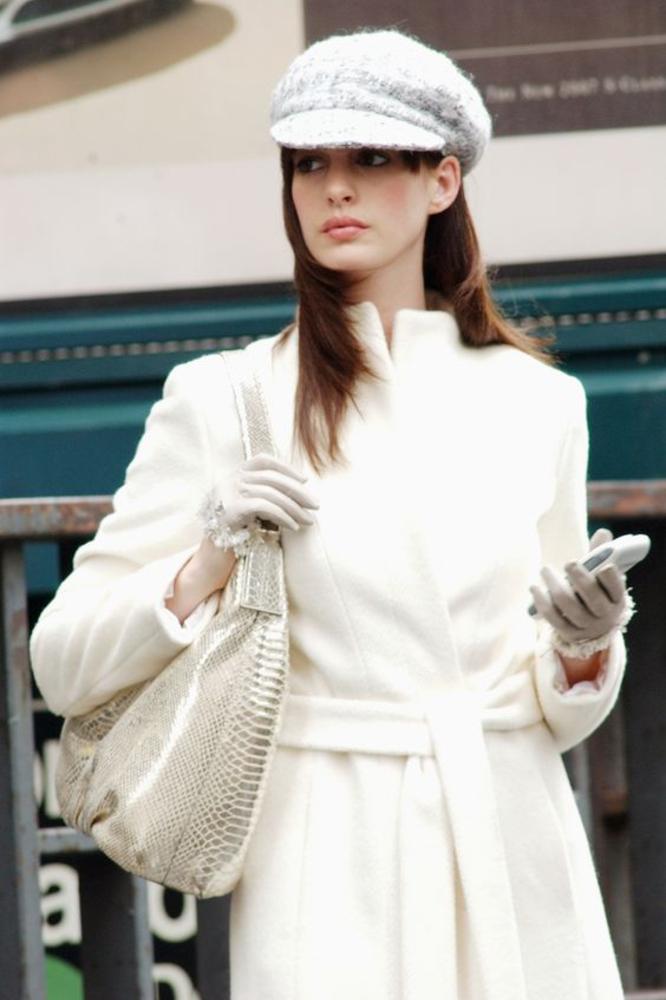
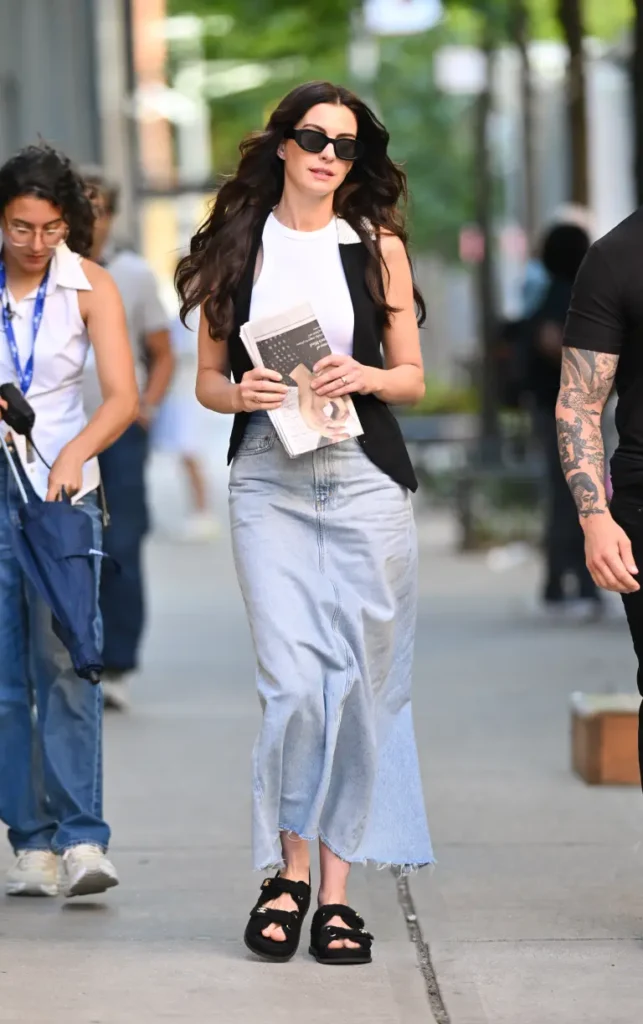
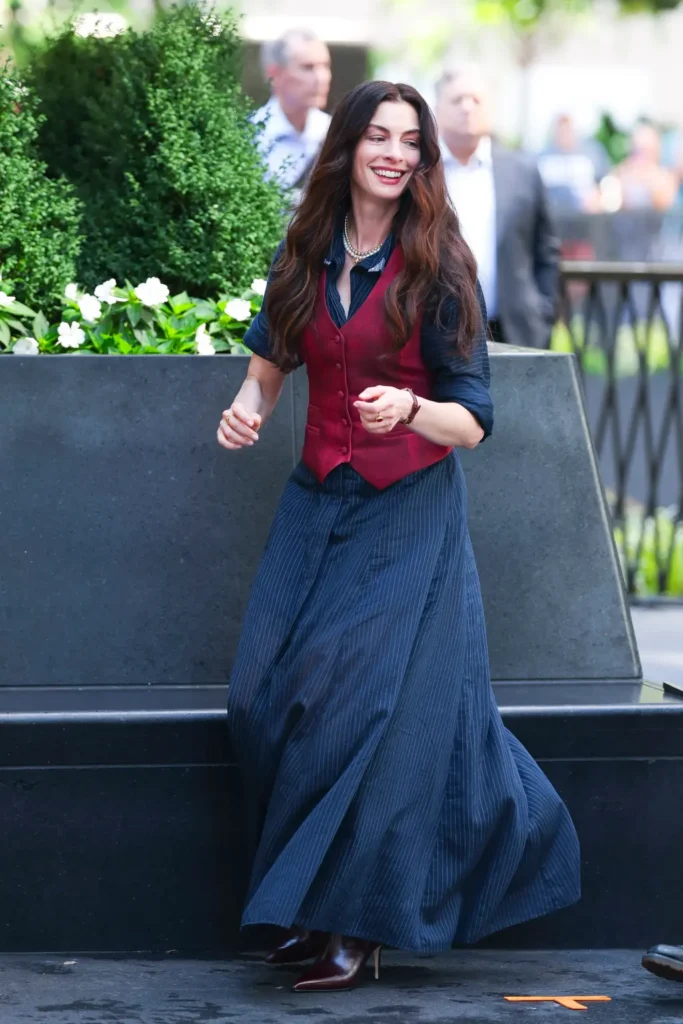

That seems to be the world Andy Sachs lives in now. In 2025, she doesn’t need Runway’s approval. She probably has a platform of her own. Her wardrobe reflects this freedom—a little weird and a little fearless. Miranda hasn’t lost her edge, but she seems to be adapting.
But of course, not everyone’s convinced
Some fans have questioned Andy’s new vibe. A crocheted bucket hat and Gabriela Hearst dress sparked DeuxMoi threads wondering if she’d veered into Emily in Paris territory. One post on Substack fretted over her Coach messenger bag, calling it a “rocky start.”
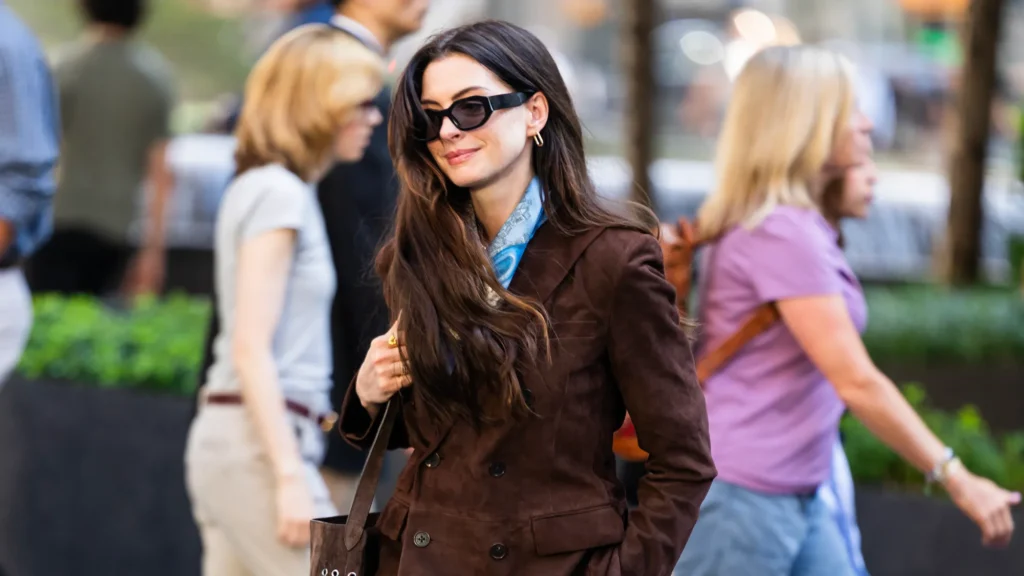
But if you look at the paparazzi photos, the styling in the sequel mirrors a cultural shift: Andy’s clothes are busy, expressive, sometimes clashing and maybe in the film that is her personality, she has grown. This is what you look like when you’re no longer dressing to belong, but to stand out. Miranda still represents power, but power in fashion doesn’t look like it used to. It’s more horizontal now. It lives on TikTok, on Instagram, in street style photos, not just in the front-row or pages of editorials.
And that might be the most stylish twist of all—unless, Andy Sachs secretly owns a Labubu. That’s all.



